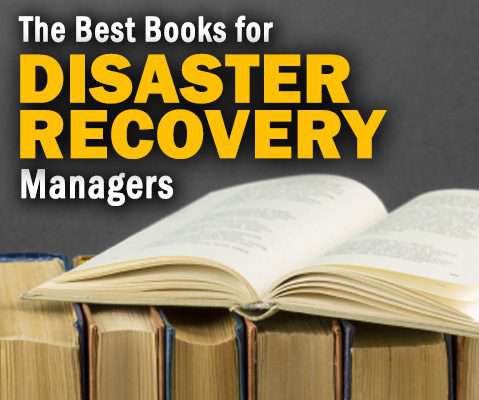BCM Basics: Business Continuity vs. Business Resilience
MHA Consulting
JANUARY 25, 2024
This post is part of BCM Basics, a series of occasional, entry-level blogs on some of the key concepts in business continuity management. Other components include risk management, crisis management, operational resilience, supply chain resilience, and financial resilience, among others.













Let's personalize your content